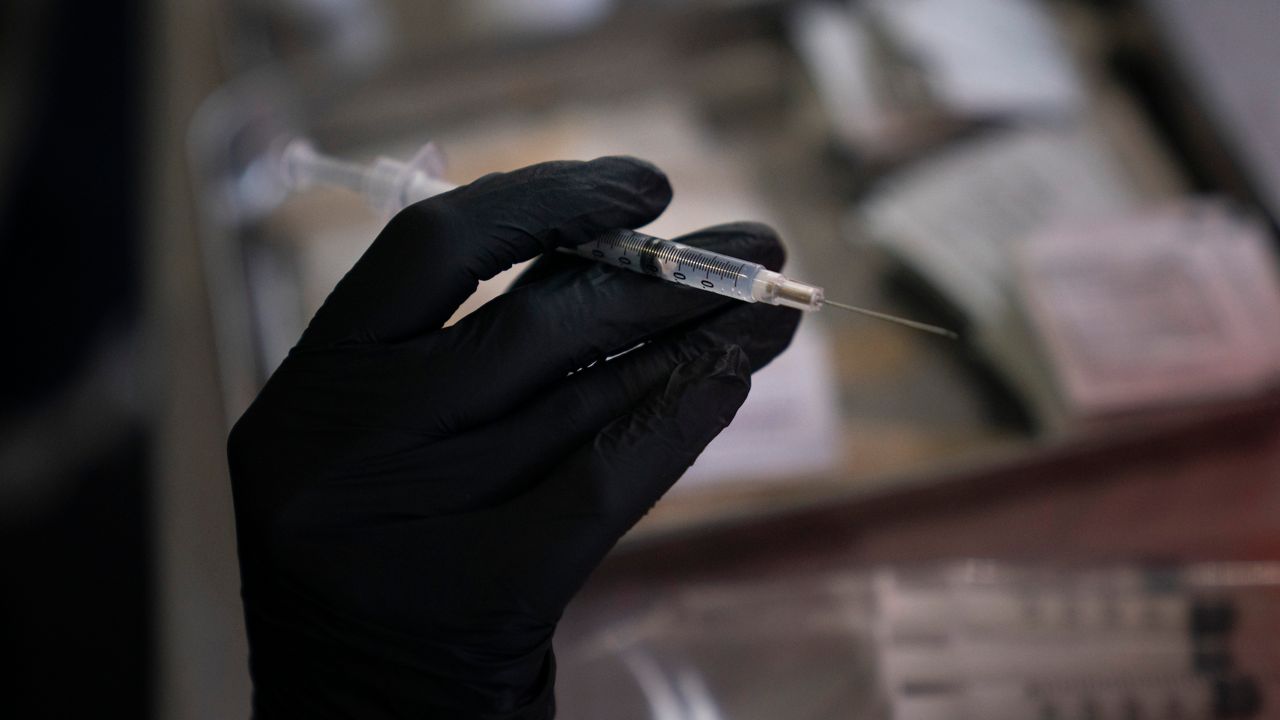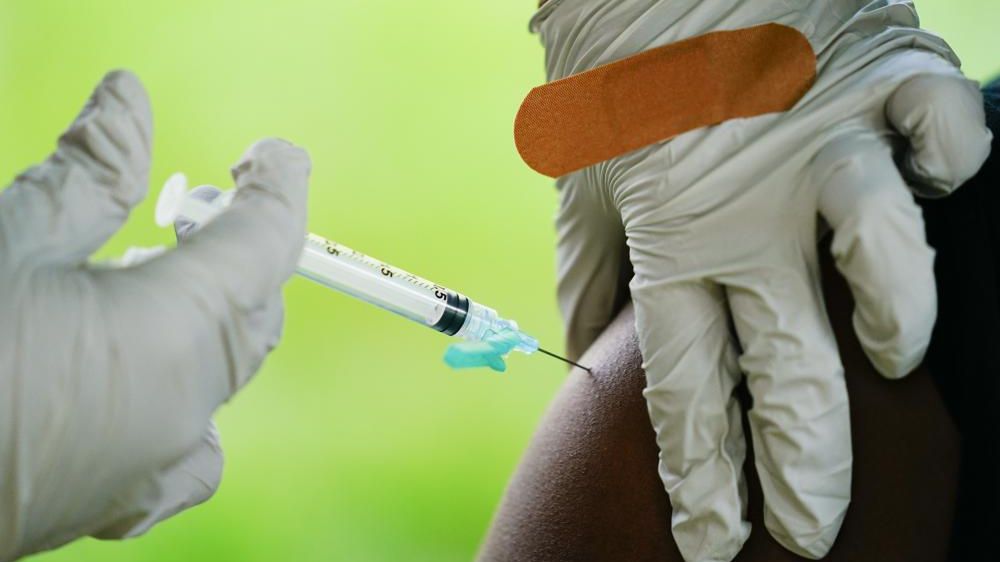SURRY COUNTY, N.C. – Luke Markle is normally a rambunctious, energetic 6-year-old boy, but last week he wasn't himself.
"He woke up with a fever. He had cough and chills. Because of COVID, I immediately took him to our local urgent care," his mother Brittany Markle says.
While waiting for Luke's coronavirus test results, his fever persisted. After 48 hours Brittany Markle packed a bag and drove her boy to Brenner Children's Hospital in Greensboro.
"I had a gut feeling something was not right," Markle recalls. "Next thing I know is being told a pediatric response team is coming into the room. Ten to 12 people suited up, rushed to the room."
There were concerns over an elevated heart rate and low blood pressure. His face, eyes, and stomach swelled. A rash spread across his body. Doctors think Luke was sick with a rare new condition, believed to be related to COVID-19.
"MIS-C stands for multi-system inflammatory syndrome in children," says Dr. Kacy Ramirez, a pediatric infectious disease specialist at Brenner Children's Hospital. "The virus is probably triggering an immune system or inflammatory reaction, and that is targeting multiple organs."
Some symptoms can include prolonged fever, vomiting, rash, red eyes, and stomach pain.
"He was completely lethargic. His whole body was in pain," Markle said of her boy. "The only thing he repeatedly said was I want to go home mommy."
Treated with steroids and other anti-inflammatories, Luke began to improve. He was discharged after six days, and home feels like heaven.
Markle says the scariest part now is not knowing if Luke's truly home-free. Doctors are still learning about the long-term effects of MIS-C.
Luke has appointments scheduled with a cardiologist and rheumatologist to make sure his recovery's going well.
Like some of the other cases, Luke didn't show any signs of COVID-19 but tested positive for antibodies.
While it can be fatal, MIS-C is rare. Ramirez says the survival rate is 98 percent.
As of August 6, the CDC has received reports of 570 confirmed cases and 10 deaths in 40 states.










